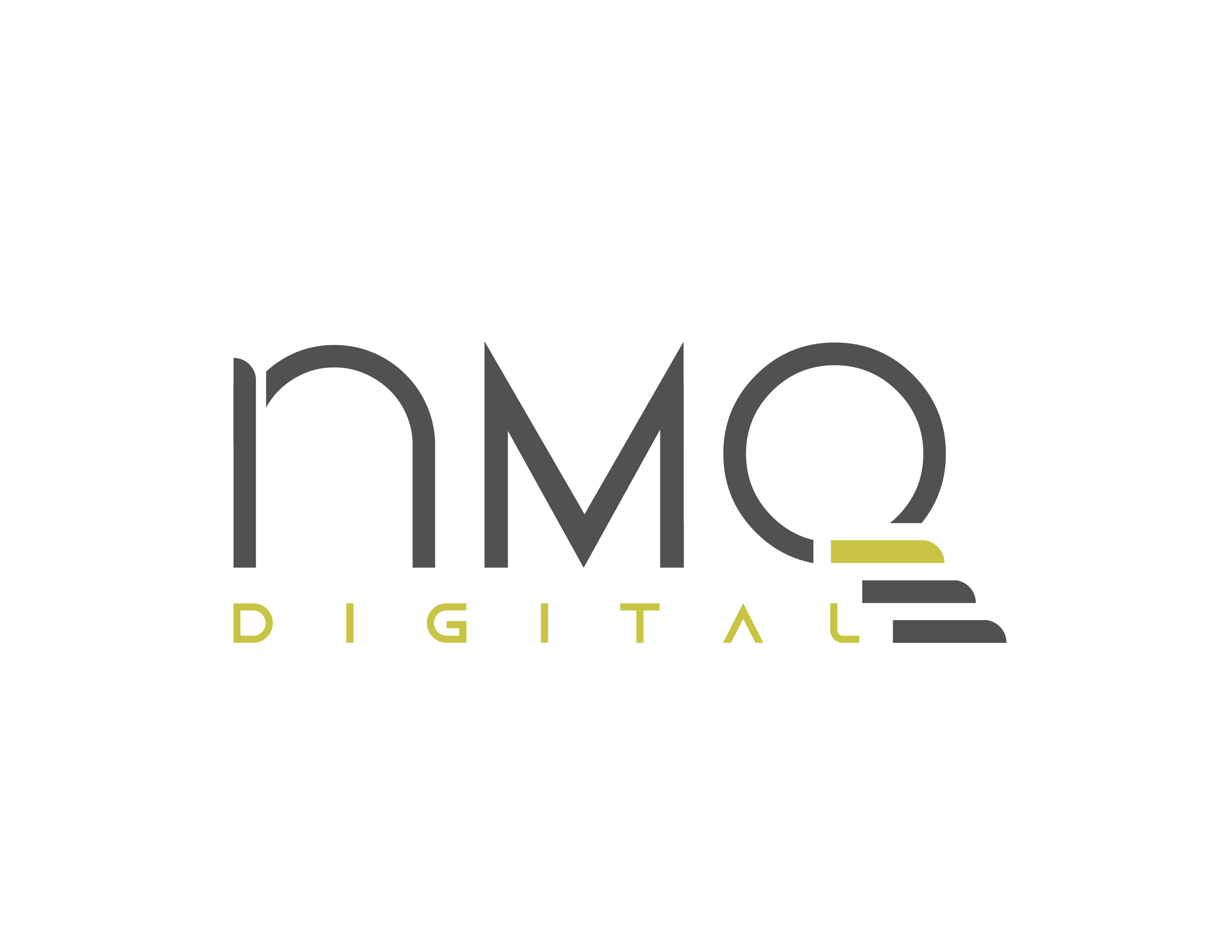The last few years have seen massive changes in the field of data and analytics, particularly with the introduction of AI into our lives. The tools we use, the way we collect and analyze data, and even how we think about data have all changed dramatically. So what will the world of data and analytics look like in 2022?
In this blog post, we’ll take a look at some of the trends that are likely to shape the field over the next few years. Keep in mind that this is just a glimpse into what to expect – change is always inevitable in the world of data!
AI-Powered Analytics
In 2022 artificial intelligence (AI) will play an increased role in improving the quality of decision-making by providing access to new sources of data and insights. As the world increasingly moves online, organizations are amassing huge amounts of data. And while this data can be incredibly valuable, it can be very difficult to make sense of it all. Artificial intelligence (AI) and machine learning offer a powerful solution, allowing businesses to glean valuable insights from huge data sets. In the coming years, these technologies will become increasingly essential for businesses that want to stay competitive. We will see more and more organizations turning to AI for help with identifying trends and patterns, increasing sales, and boosting operational efficiency. As these technologies become more sophisticated, they will transform the way we live and work, opening up new possibilities that we can only imagine today.
Shift to a Data Fabric Model
The data fabric modeling provides a unique solution for businesses that want to store, access, and use customer data more effectively.
According to research, up to 68% of data in most organizations is not analyzed, and up to 82% of enterprises are hampered by data silos.
The true value of the data fabric model lies in standardizing your data architecture which enables you to easily integrate and access data from multiple sources, meaning you spend less time on data collection and more time on using this data to improve your customer experience.

*Source: Smarter with Gartner Top 10 data and analytics trends of 2021
Additionally, the data fabric model gives businesses easier access to more data, so you can make more informed decisions about your customer interactions. It also allows you to take a more holistic approach to use customer data, resulting in stronger and more relevant customer experiences. In short, Data Fabric is the perfect solution for businesses that want to improve their customer interaction strategies and we see more and more companies embracing this new architecture model. What’s not to love!
Real-Time Data Processing
One of the most important data and analytics trends for 2022 is real-time data processing. It is a fundamental requirement for any organization that wants to stay ahead of the competition. The days of relying on static data sets that are analyzed once per month, or even once per day, are gone.
In today’s rapidly changing business landscape, organizations need to be able to glean insights from streaming data in real-time.
This requires a new level of agility and adaptability, where decisions need to be made instantly in order to find new patterns and seize opportunities as they arise. In order to take advantage of this trend, businesses need to invest in the necessary infrastructure and tools. There will be a continued focus on real-time data analysis so that organizations can respond quickly to changes. Those that learn to navigate the Rapids of Real-Time Data Management will be the ones that succeed. So don’t delay – start learning to run the rapids today!
Composable Data Analytics
Today’s composable data and analytics infrastructure is tomorrow’s business-as-usual. This is because composable infrastructure has the most potential for scaling, provides robust resource management options, and has a high potential for automation. These are only a few of the reasons why composable infrastructure has been growing in popularity in the marketplace. And with good reason! Composable infrastructure is an excellent choice for expediting business processes as it circumvents the familiar problem of overprovision.
And guess what?
The data fabric architecture, which enables easy access and sharing across distributed data environments, is the foundation for composable data and analytics. By moving data to another storage system and only providing it when needed, composable data and analytics infrastructures greatly improve processing hardware capabilities, driving intelligent DataOps, while reducing costs. What’s not to love about that?
Shift to Small and Wide Data
The amount of data available today is staggering and most companies are only scratching the surface of what they have. With the advent of artificial intelligence (AI), organizations are increasingly challenged with making sense of all this data and addressing more complex questions. According to Gartner, Inc., by 2025, 70% of organizations will shift their focus from big to “small” and “wide” data, providing more context for analytics and making artificial intelligence (AI) less data-hungry.
“By 2025, 70% of organizations will shift their focus from big to “small” and “wide” data, providing more context for analytics and making artificial intelligence (AI) less data hungry. (Gartner, Inc)
Taken together they are capable of using available data more effectively, either by reducing the required volume or by extracting more value from unstructured, diverse data sources,”- Jim Hare, distinguished research vice president at Gartner.
Small data is an approach that requires less data but still offers useful insights. Wide data allows analysts to examine and combine a variety of small and large, unstructured and structured data, while small data is focused on applying analytical techniques that look for useful information within small, individual sets of data. Wide data is information that doesn’t fit neatly into traditional categories or follow standard patterns. By harnessing the power of analytics, you can find hidden trends and relationships in this type of data, and use them to your advantage. Small and wide data will help businesses make better decisions by providing insights that would otherwise be hidden.
Predictive Analysis
Another big trend that we’ll see in 2022 is an increased focus on predictive analytics. As data becomes more readily available, businesses are turning to predictive analytics to help them make better decisions about the future. By using historical data, machine learning algorithms, and other techniques, predictive analytics can provide valuable insights that can help businesses plan for the future and make better decisions about where to allocate resources.
Data Visualization
Finally, we expect to see a continued increase in the use of data visualization tools. As data becomes more complex, it can be difficult to understand without visual aids. Data visualization tools help to make data more accessible and easy to understand. This is especially important for businesses that need to make quick decisions based on data. By using data visualization tools, businesses can gain a clear understanding of their data and make better-informed decisions.
The future of data is exciting, and we are at the forefront of it where businesses will be able to harness the power of AI and machine learning to gain insights that were once impossible. We have seen a shift from big data to small & wide data, and this trend will continue as we move into predictive analytics and AI-powered analytics. Data architecture and data visualization have become more important than ever in order to access data and make insights easily understandable for everyone in an organization. Are you prepared to take your business to the next level? Contact us today so that we can help you get there.





